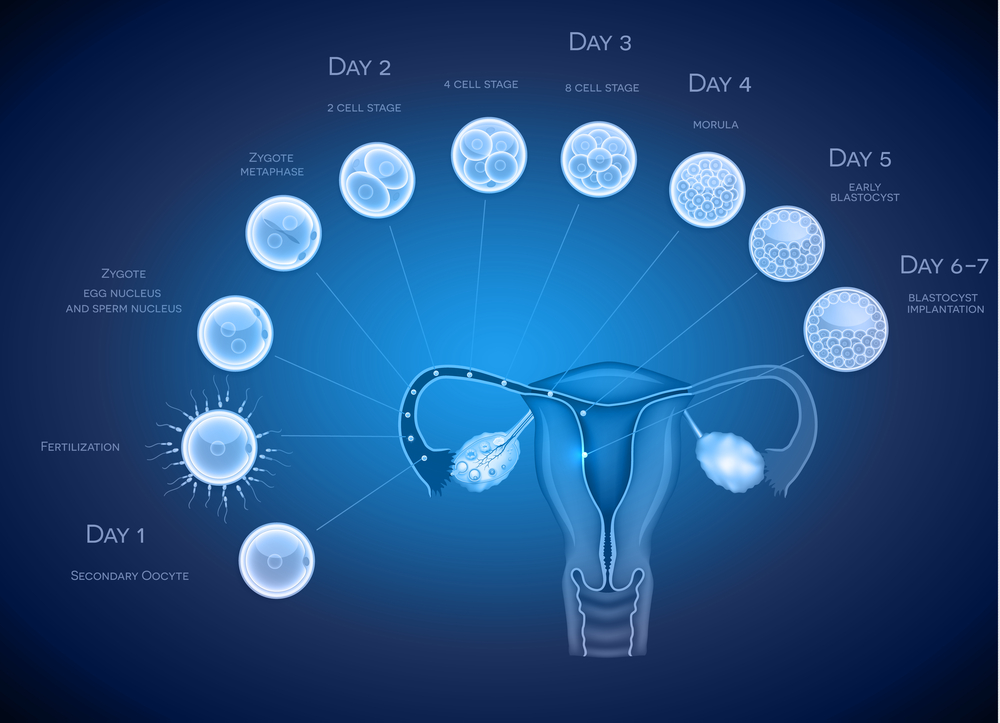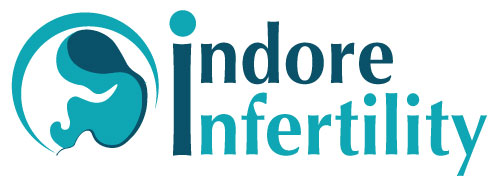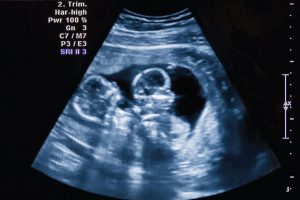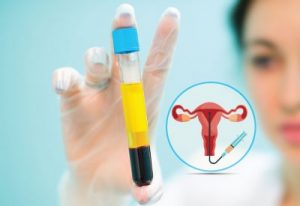
What is Blastocyst Culture?
“Blastocyst” is an embryo that has developed for five to seven days after fertilization and has 2 distinct cell types and a central cavity filled with fluid (blastocoele cavity).
Typically during IVF or ICSI an embryo is transferred to the womb on Day 3. But during Blastocyst Culture or Prolonged Embryo Culture, an Embryo is allowed to cultivate in the lab for a longer period of time, so that we can obtain information concerning the vitality of the embryos and determine whether or not they will continue their development.
Using this technique in the IVF / ICSI Treatment of a young woman (25-30 years of age), pregnancy rates of up to 70% may be achieved.
When is Blastocyst Culture Recommended?
Blastocyst Culture is usually recommended when:
- Couples who have had unsuccessful prior attempts with IVF or IVF – ICSI despite having many good quality eggs retrieved are being offered Blastocyst Culture as an alternative treatment since the success rate is higher than Day 3 Embryo Transfer. Blastocyst culture in such cases also gives the clinician an opportunity to study any abnormalities in the growth of the embryo between days 3 and 6.
- Couples with multiple good quality embryos on day 3 are also good candidates for Blastocyst Culture. This extended culture allows embryos to develop into Blastocysts and gives the embryologist the opportunity to select those embryo(s) which are more likely to implant. Selection of embryo(s) for transfer on day 5 should allow the transfer of fewer embryos reducing the risk of multiple pregnancy.
- Couples considering elective Single Embryo Transfer (eSET) to avoid the risks associated with multiple pregnancy benefit from Blastocyst Transfer on Day 5 due to increased chances of conception as compared to traditional Day 3 Embryo transfer for a single embryo.
- PGD, or Preimplantation Genetic Diagnosis, is a breakthrough technology that improves the likelihood of having a healthy baby when one or both partners carry a genetic disease, as it allows the couple to reduce the chance of transmitting the disorder to their children. During PGD one or two cells are extracted from the growing embryo by a process called Embryo Biopsy and genetic evaluation is performed. Only the healthy embryos are then transferred back into the uterus.
How is blastocyst culture done?
As a patient your treatment cycle is exactly the same as for IVF, except that your embryos will be cultured for longer in the embryology laboratory. This means that the day of your embryo transfer will be five days after egg collection instead of Day 3.
Advantages of Blastocyst Culture and Day 5 Embryo Transfer
- Significant reduction in chances of multiple pregnancy as fewer embryo’s are transferred
- Higher chances of Pregnancy than traditional IVF with Day 3 Transfer as the endometrium is more synchronized.
- Better selection of good quality embryos resulting in reducing time to pregnancy.
- Very low chance of choosing poor prognosis embryos as only good quality embryos proceed to Day 5 or Blastocyst Stage.
What are the risks involved in blastocyst culture?
The primary risk of attempting Blastocyst Transfer is that some embryos may not survive 5 days of culture outside the human body. Therefore, the total number of embryos available for transfer and freezing will be less.
Unfortunately for a very small number of couples (<5%), the embryos stop developing after day 3 and treatment stops at this point, without an embryo transfer being possible. This is known as embryonic block and this itself may be the very cause of infertility.
Please read the following article that explains the benefit of the Elective Single Blastocyst Trasnsfer




